‘Animalkind’ Shows How Valentine’s Day Is for All Animals
It’s Valentine’s Day, and love is in the air. But it turns out humans aren’t the only ones who fall head over heels. Some animals stay together for life like an old couple in a Nicholas Sparks novel, while others use gifts or tantalizing dance moves to woo partners. If we pay attention, we can see that they practice the art of love, just as we do.
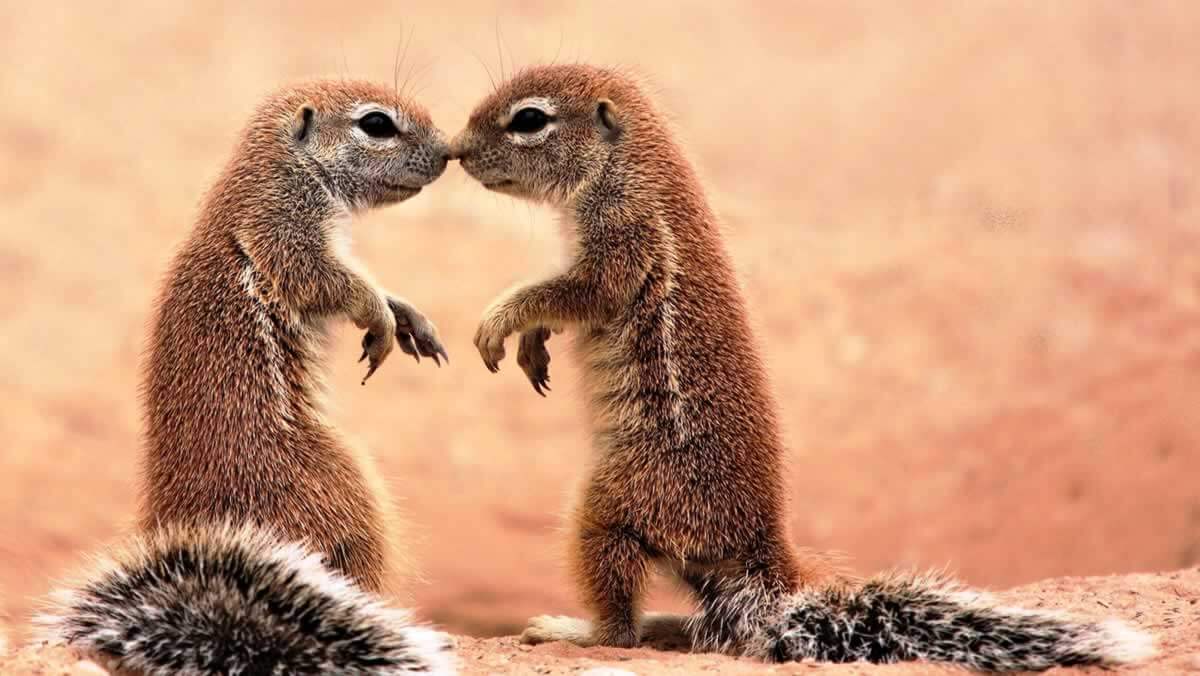
Animalkind—PETA President Ingrid Newkirk‘s new book cowritten with Gene Stone—offers an entire section called “The Intricacies of Love”—an exploration of the many ways different animals show affection to one another.
Check out the following facts from Animalkind, and be sure to pick up a copy of the book today!
Many animals are way better at marriage than we are.
While the U.S. divorce rate hovers between 40% and 45%, 95% of swans remain bonded for life. In fact, more than 90% of bird species are monogamous, including pigeons and geese.
After breeding, prairie vole parents remain together for life, guarding their offspring zealously and offering each other comfort during stressful moments.
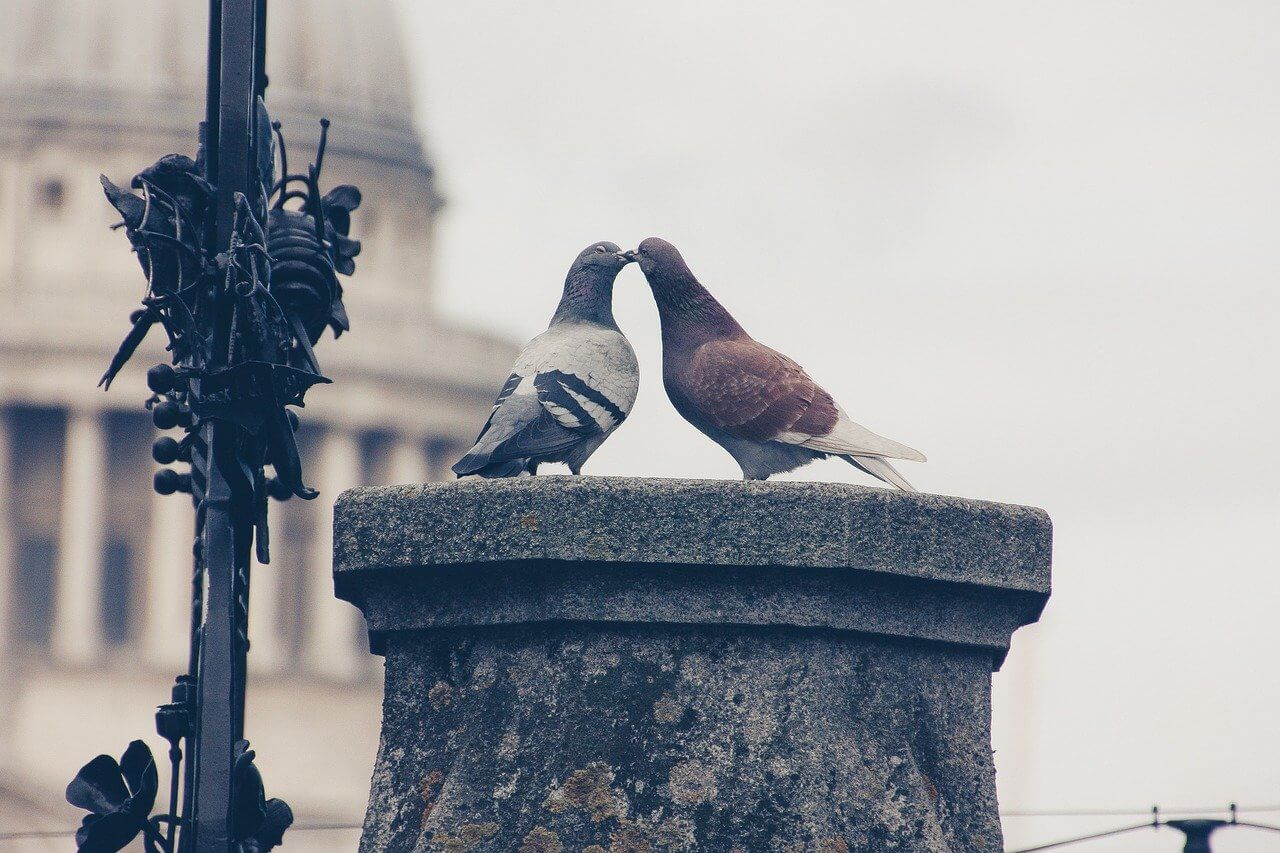
Some animals, on the other hand, would appreciate dating apps like Tinder.
Chimpanzees—and many other mammals, for that matter—are notoriously promiscuous.
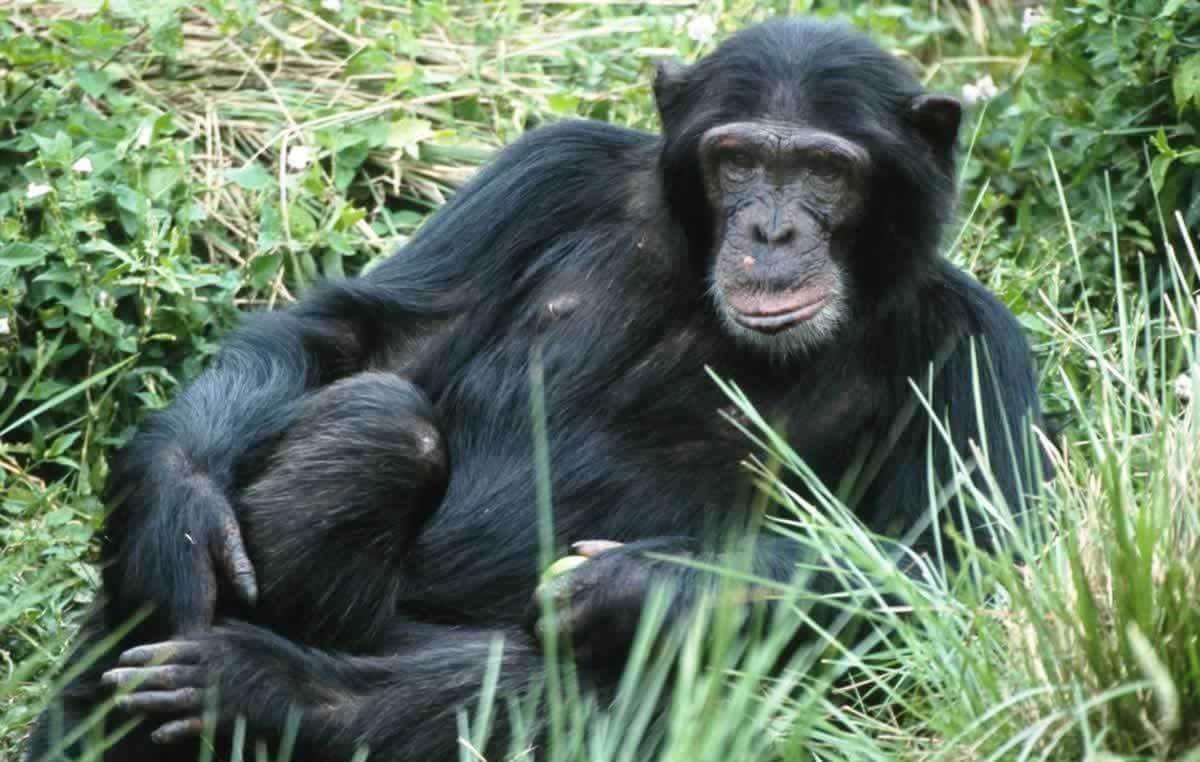
Humans aren’t the only ones getting intimate on the dance floor.
When courting, male and female whales gently touch their flippers, then begin a slow caressing motion. They roll against each other, locking their flippers, and roll upward, lying side by side, before diving and surfacing in unison. If the female isn’t impressed with the male’s moves, she breaks off their aquatic dance in search of a more graceful partner.
Albatrosses dance with partner after partner until they find their favorite. It can take years, but the wait is worth it, as they almost always remain together for life—which, for these seabirds, can mean more than 50 years.
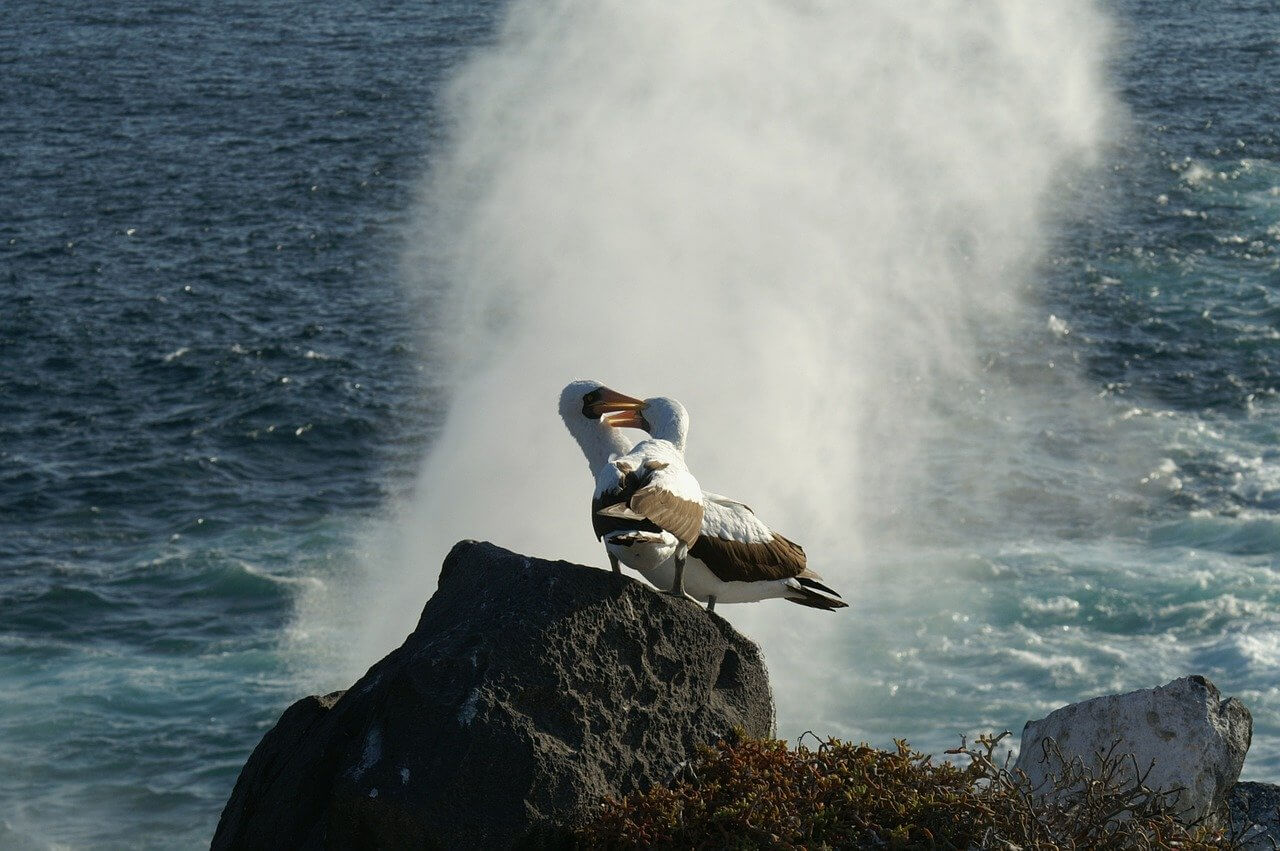
Pufferfish embrace their inner Picasso to win their lover’s heart.
To attract a mate, a male pufferfish flaps his fins and swims in a circular motion, carving the sandy sea bottom into precise peaks and valleys. Despite being only 5 inches long, over the course of 10 days, he uses his body to create elaborate circles that measure up to 7 feet in diameter and decorates the edges with shells and coral fragments.
Some seabirds are so extra when trying to impress potential partners.
Male boobies offer gifts to potential mates, such as small stones, and even pluck out their own feathers as offerings. It seems that love can hurt (and get a little creepy) throughout the animal kingdom.
Elephants are very touchy-feely.
Densely packed with sensitive nerve endings, elephant trunks contain more than 40,000 muscles and play a central role in communication. An African elephant may use his or her trunk to stroke a sick or grieving loved one or engage in a friendly game of trunk-wrestling with a friend. An elephant couple may gently entwine their trunks during courtship—just as humans hold hands.
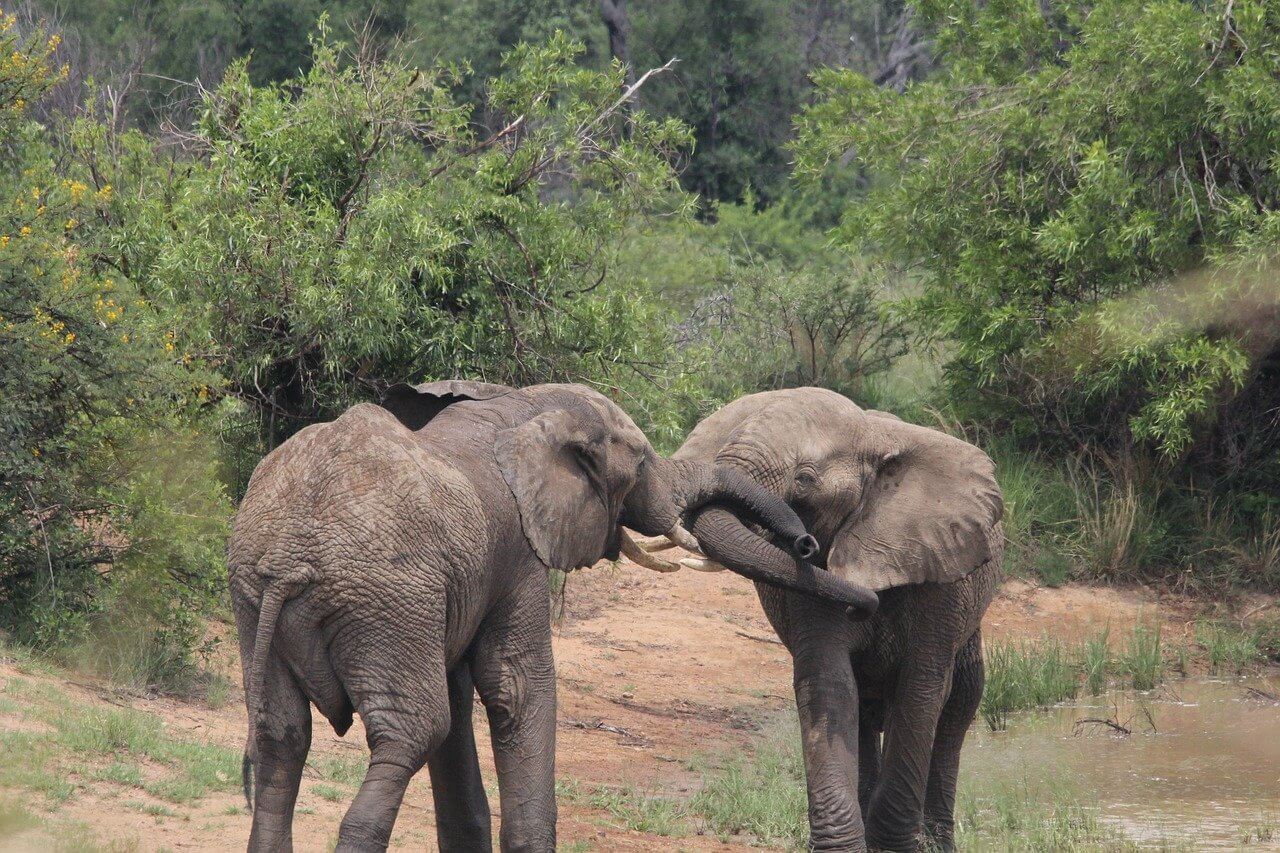
Loving their family, experiencing grief, building friendships—other animals’ lives are just as complex as our own.
Animalkind is a fascinating study of why our fellow sentient beings deserve our respect—and moreover, it’s a collection of steps that every reader can take to put this new understanding into action.
Click on the link below to order a copy of Animalkind.
As an Amazon Associate, PETA earns from qualifying purchases.

